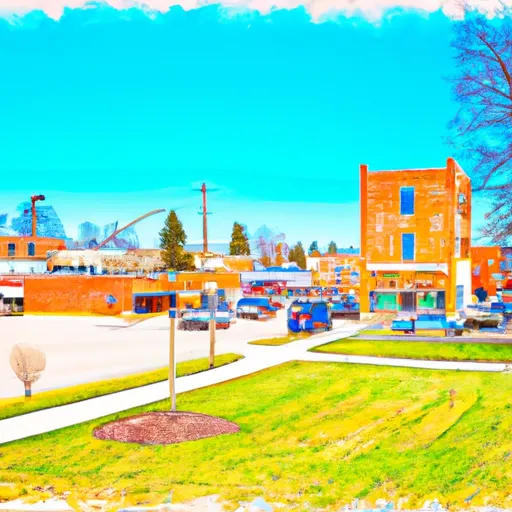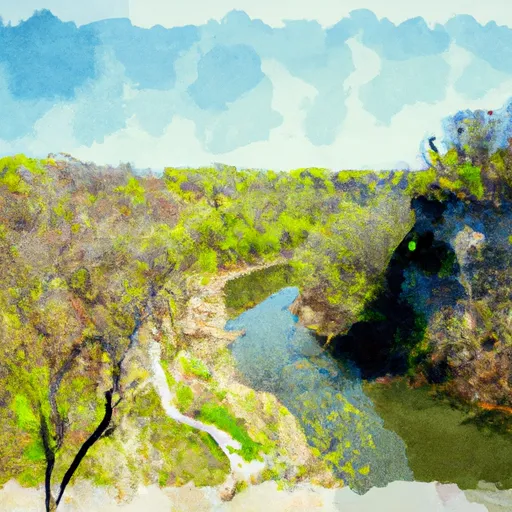°F
°F
mph
Windspeed
%
Humidity











Barneveld is a village in Iowa County, Wisconsin. The climate is characterized by cold winters and warm summers, with an average temperature of 50°F. The hydrology constituents include the Blue Mounds Branch of the Pecatonica River, which flows through the village and provides opportunities for fishing and canoeing. Outdoor recreation opportunities in Barneveld include hiking and biking on the Military Ridge State Trail, which runs through the village, and hunting in the nearby Governor Dodge State Park. The area also features several parks and lakes, such as Brigham County Park and Blue Mound State Park, which offer camping, swimming, and other outdoor activities for visitors.
Weather Forecast
Barneveld receives approximately 917mm of rain per year, with humidity levels near 83% and air temperatures averaging around 8°C. Barneveld has a plant hardyness factor of 5, meaning plants and agriculture in this region thrive during a short period during spring and early summer. Most plants will die off during the colder winter months.
Regional Streamflow Levels
67
Cubic Feet Per Second
5
Cubic Feet Per Second
5,860
Cubic Feet Per Second
61
Cubic Feet Per Second
Nearby Camping
| Camping Area | Reservations | Toilets | Showers |
|---|---|---|---|
| Simpson County Lake | |||
| Dry Creek Water Park | |||
| St. Bernard State Park | |||
| New Orleans Reserve Military | |||
| Walkiah Bluff Water Park | |||
| Atwood Water Park |



